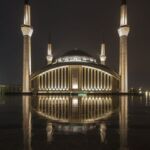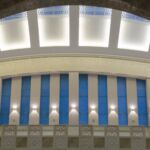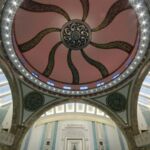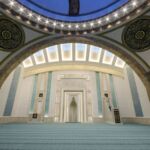Ahmet Hamdi Akseki Mosque - A Neoclassical Gem
Project's Summary
The Ahmet Hamdi Akseki Mosque represents an extraordinary achievement in neoclassical architecture, designed by the renowned ZEVE Lighting Design Studio. This magnificent mosque features a main dome with a diameter of 33 meters and four soaring minarets that rise to a height of 66 meters. Covering a total area of 80,000 square meters, it stands as a significant symbol of the Anatolian Seljuk State, encapsulating historical depth and architectural grandeur.
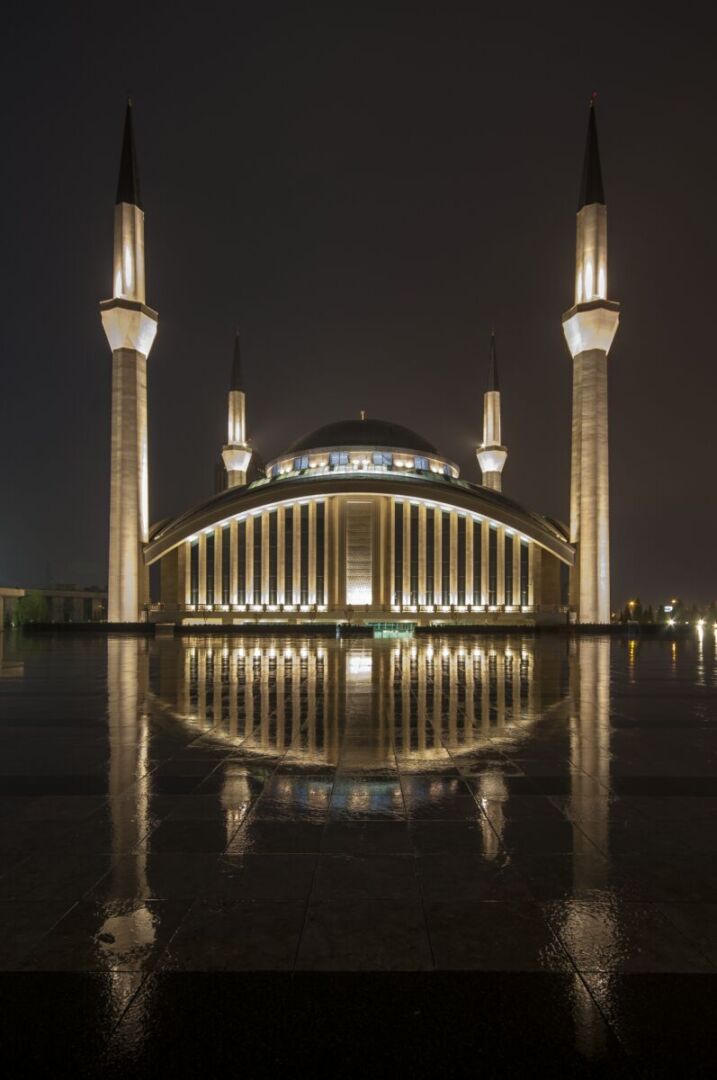
The intricate Seljuk-star-pattern, a hallmark of the Anatolian Seljuk State, is elegantly woven throughout the mosque's design. These patterns are prominently displayed in the cross sections of the minarets, adding an element of cultural richness and sophistication. The design team meticulously planned the integration of these historical motifs, ensuring they harmoniously complemented the mosque's overall aesthetic.
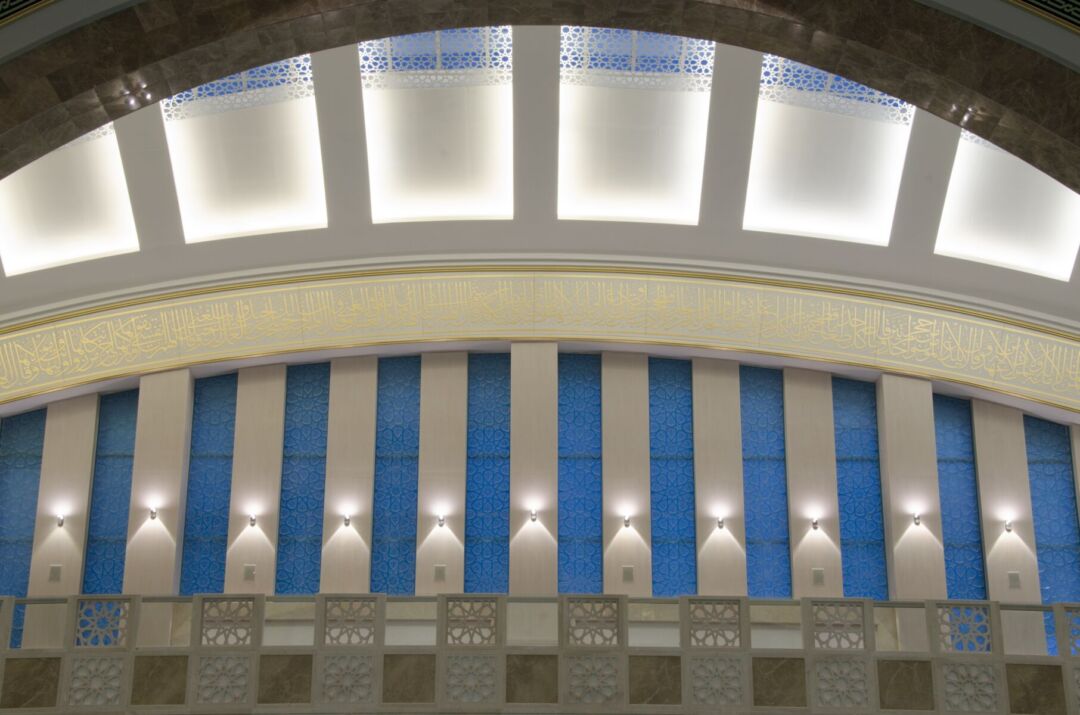
In their quest to create an iconic landmark for Ankara, the design team focused extensively on the facade lighting. Their approach was to enhance the architectural features while also defining the structure itself. By highlighting the main elements and employing strategic shadow play, the team achieved a captivating lighting effect that breathes life into the mosque, ensuring it stands out in the cityscape.
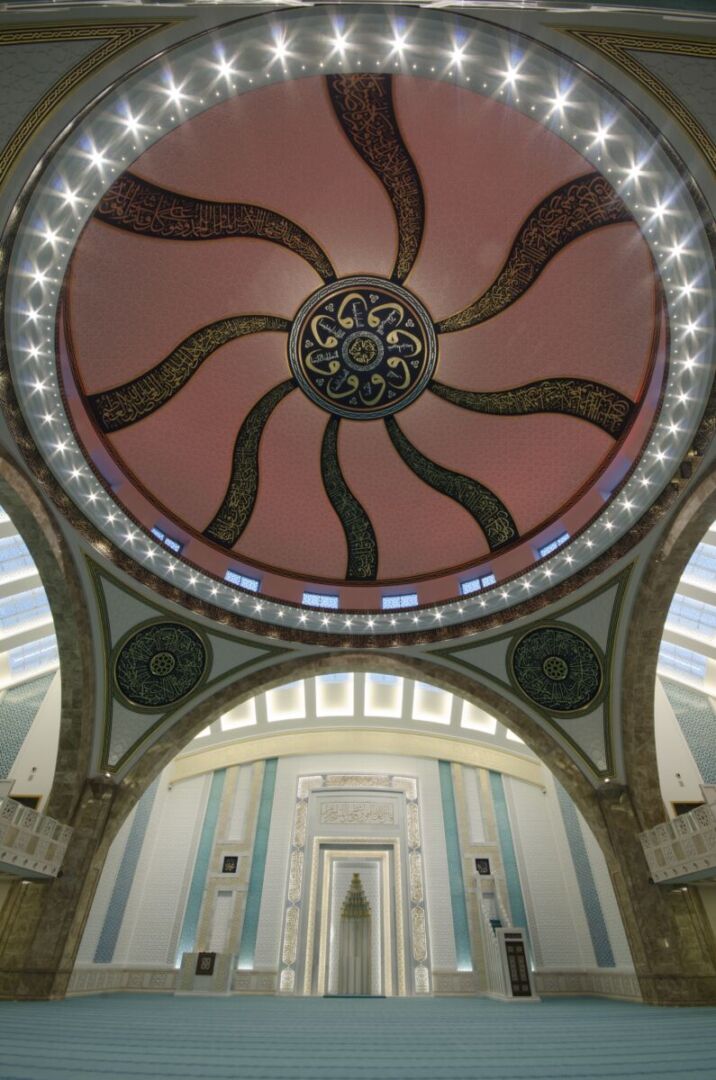
To realize their vision, the design team utilized a diverse range of lighting fixtures with varying wattages and optics. Comprehensive 3D modeling of the mosque facilitated the creation of photorealistic renderings from multiple perspectives, allowing for precise adjustments to the lighting design. A standout feature is the long-distance light throws from the minarets, which were designed to create a mesmerizing moonlight effect on the main dome, captivating all who witness it.

The interior of the mosque was designed to evoke a sense of calm and peace, blending natural daylight with artificial lighting. In a unique twist, the design eschewed traditional chandeliers, opting instead for double-focus downlights around the dome to ensure uniform illumination. The application of indirect lighting in both horizontal and vertical planes further accentuates the architectural features, creating an inviting atmosphere. The dome is uniformly lit with RGB fixtures, allowing for color flexibility, while narrow-beam projectors highlight the centerpiece, providing a serene and tranquil environment for worship.
Read also about the Apartment on Khodinskiy Boulevard Street - Studio-TA project
